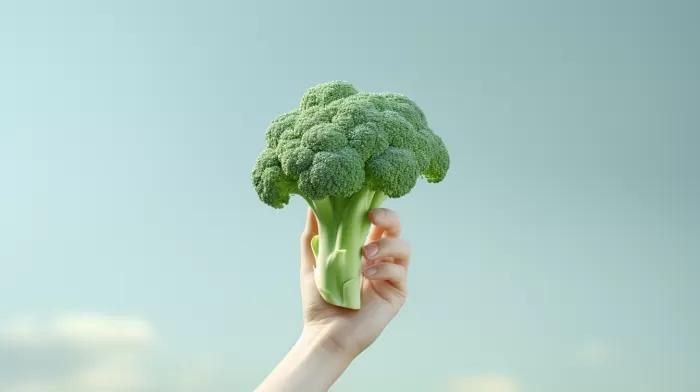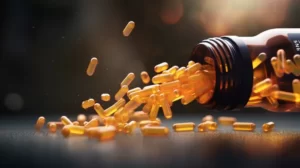October is dedicated to breast cancer awareness, but maintaining breast health is important all year round. A crucial part of maintaining breast health is understanding the role our environment plays in our general health and the specific effects of toxins and bacteria on breast tissue.
Why Toxins Affect Breast Health
Breast tissue is primarily composed of fatty tissue, which stores fat-soluble toxins. It is also highly sensitive to chemicals that cause endocrine (hormone) disruptions, which are often found in environmental pollution. These hormones accelerate the division of breast cells in the body, which in turn makes them more vulnerable to mutations.
Environmental toxins, such as pesticides, heavy metals and certain chemicals, gravitate towards fatty tissues. They tend to accumulate in breast tissue due to its high fat content. High levels of toxins are present in both breast tissue and breast milk. Even if specific chemicals such as DDT are banned, many toxins, called “Persistent Organic Pollutants” (POPs), remain in the environment for decades and continue to bioaccumulate in the food chain, affecting humans. Decreasing the levels of these toxic chemicals takes time and a coordinated effort from local, state, and federal organizations.
In the U.S. alone, there are over 80,000 chemicals registered for use, but only very few of them are tracked and studied. While we have seen a reduction of certain toxins in breast milk samples, levels of other chemicals, such as brominated flame retardants (PBDEs), have been increasing. Bromine is commonly used in commercial foods, flour, baked goods, and pool chemicals. When introduced into the body, it can block thyroid iodine receptors, affecting thyroid function.
Bacteria and Breast Health
Another critical factor in breast health is bacteria. The study of bacteria living in the body (the microbiome) has grown, bringing attention to the role that the body’s bacterial environment plays in disease. Most research has focused on the “gut” microbiome in the digestive tract. However, researchers have long suspected that a “microbiome” exists within breast tissue and plays a role in breast cancer.
Recently, Cleveland Clinic researchers found distinct microbial differences in healthy and cancerous breast tissue when comparing breast tissue of healthy women with that of women diagnosed with breast cancer. The research team discovered that healthy breast tissue contains more of the bacterial species Methylobacterium, research that could offer new perspectives in the battle against breast cancer.
Hormone Imposters
One group of chemicals that affects breast health stands out—endocrine disruptors, also known as environmental estrogens or xenoestrogens. These chemicals mimic estrogen and other hormones and trick the body into using them as hormone substitutes.
Estrogen imposters cause excessive stimulation to hormone-sensitive tissues. Estrogen-sensitive tissues like breast, uterine and testicular tissue have cell surface receptors for specific hormones. When environmental estrogens enter the body, they can activate cells and cause excessive growth, disrupting the body’s intricate communication network. Studies on animals from contaminated environments have found reproductive changes and offspring with “feminized” organ development and other developmental issues.
The Environmental Working Group (EWG) has published a list of the top chemicals found to be endocrine disruptors, called “The Dirty Dozen.” You may read the details here.
Year-Round Breast Support
To maintain year-round breast health, you need to be aware of toxins in your surroundings, including food, water supply, household products, and everything you put on your skin. Consider using water filters, organic whole food, and natural home and body products.
Adding foods and supplements that remove heavy metals and chemicals is also helpful. Incorporate sulfur-containing foods, such as broccoli, kale, cabbage, cauliflower, onions, and garlic, which aid in detoxification. Modified citrus pectin from citrus peels can help remove heavy metals from the blood.
A botanical compound called DIM (diindolylmethane), taken from cruciferous vegetables, may be beneficial. It can be combined with curcumin, quercetin, astragalus, and medicinal mushrooms to provide powerful support for healthy breast cell behavior, immune function and hormone balance.
Lastly, adopting a proactive, multi-faceted and integrative approach is the best way to support long-term breast health.



